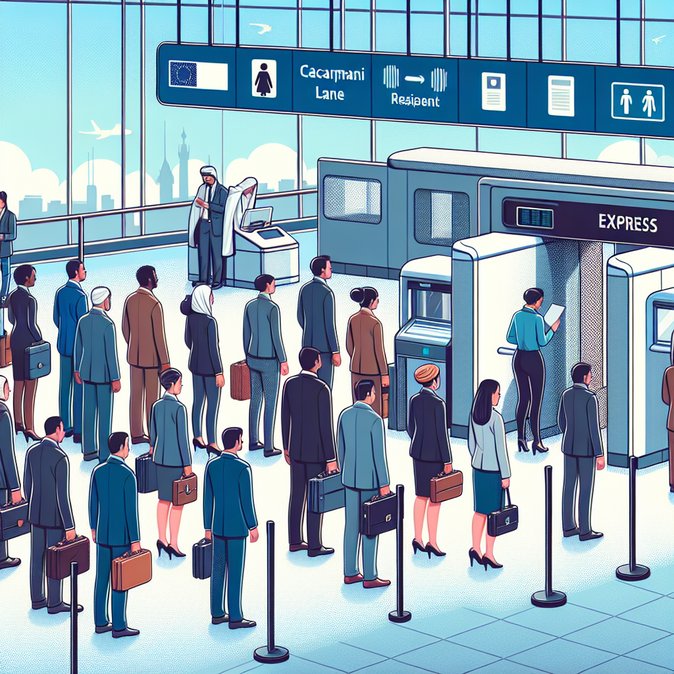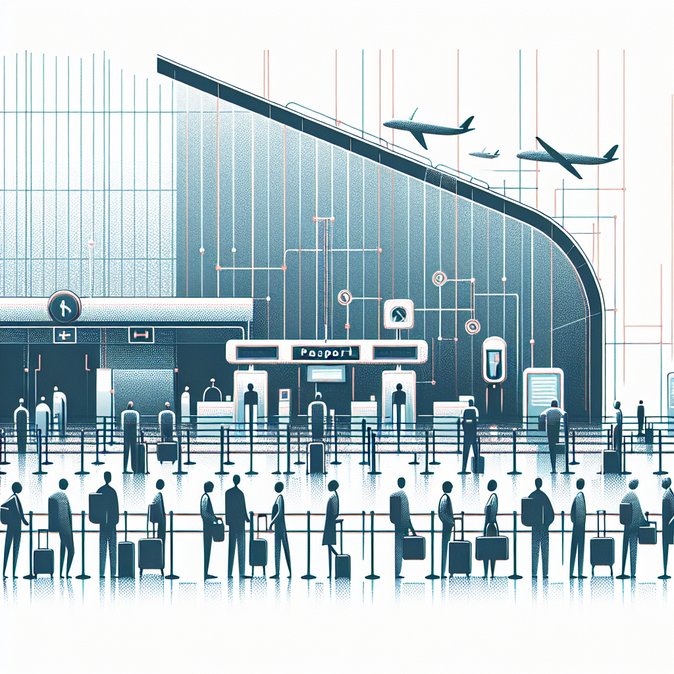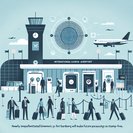
Just two days after Málaga-Costa del Sol Airport activated the EU’s new biometric Entry/Exit System (EES), travellers are reporting passport-control waits of up to two hours. On 21 November, regional newspaper SUR quoted passengers who missed connections as e-gates froze and manual booths were understaffed. The bottlenecks are the first major stress-test of Spain’s phased EES deployment, which replaces manual passport stamps for non-EU visitors with fingerprint and facial scans stored in a Schengen-wide database.
Airlines have issued travel advisories urging non-EU passengers—especially post-Brexit British holiday-makers and business travellers—to arrive 30 minutes earlier. During a six-month transition, mixed lanes combine old and new systems, but signage confusion funnels EU and non-EU nationals into the wrong queues. Business flyer Juan M. told SUR he spent “longer in line than in the air” on a flight from London.
![Biometric Border Roll-out Causes Two-Hour Queues at Málaga Airport]()
For corporate mobility teams, the teething problems pose immediate operational risks. Staff holding Spain’s biometric TIE card are technically exempt from EES registration, but some report being redirected to kiosks by contract guards unfamiliar with the rules. Experts recommend travellers carry a printed copy of Spain’s police directive exempting residents, and allow extra layover time when connecting through Schengen hubs.
The Ministry of the Interior, which invested €83 million in EES infrastructure, says delays are temporary and expects processing times to drop below 45 seconds per traveller once kiosks are fully calibrated. However, unions warn that without additional National Police officers, Christmas-peak traffic could trigger “border chaos.”
Looking ahead, Barcelona El Prat and Alicante are slated to go live in December, followed by Bilbao and Valencia in January. Companies with high intra-EU travel volumes should brief staff on the new biometric steps and consider scheduling meetings away from early-morning arrival banks until the system stabilises.
Airlines have issued travel advisories urging non-EU passengers—especially post-Brexit British holiday-makers and business travellers—to arrive 30 minutes earlier. During a six-month transition, mixed lanes combine old and new systems, but signage confusion funnels EU and non-EU nationals into the wrong queues. Business flyer Juan M. told SUR he spent “longer in line than in the air” on a flight from London.

For corporate mobility teams, the teething problems pose immediate operational risks. Staff holding Spain’s biometric TIE card are technically exempt from EES registration, but some report being redirected to kiosks by contract guards unfamiliar with the rules. Experts recommend travellers carry a printed copy of Spain’s police directive exempting residents, and allow extra layover time when connecting through Schengen hubs.
The Ministry of the Interior, which invested €83 million in EES infrastructure, says delays are temporary and expects processing times to drop below 45 seconds per traveller once kiosks are fully calibrated. However, unions warn that without additional National Police officers, Christmas-peak traffic could trigger “border chaos.”
Looking ahead, Barcelona El Prat and Alicante are slated to go live in December, followed by Bilbao and Valencia in January. Companies with high intra-EU travel volumes should brief staff on the new biometric steps and consider scheduling meetings away from early-morning arrival banks until the system stabilises.











